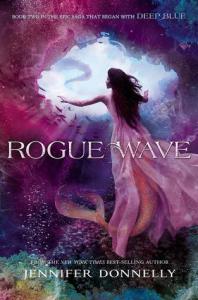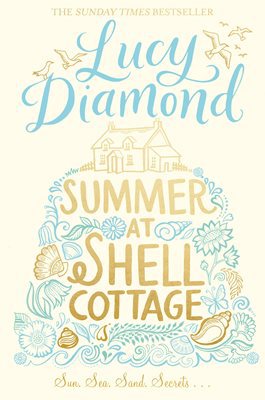Children’s questions have way of being so simple that they spill into the philosophical. And yet one particular question kids ask stumps grown-ups more than any other, hurling us into a cesspool of self-doubt as we struggle for an answer that is neither too age-inappropriate nor so obviously fanciful that it fails to get the young inquisitor off our back: “Where do babies come from?” Thankfully, Australian-born, Brooklyn-based illustrator extraordinaire Sophie Blackall, who has given us such treasures as her visual love stories based on Craigslist missed connections and her illustrations for Aldous Huxley’s only children’s book, addresses that dreaded question with equal parts warmth, wisdom, and wit in The Baby Tree (public library) — an elegantly age-appropriate explanation of how reproduction works that neither talks down to children’s inherent intelligence nor boggles them with overly clinical dry science.
Instead, Blackall tells the imaginative tale of a little boy whose parents inform him one day that a new baby is coming.

I have a hundred questions in my head, but the only one that comes out is Are there any more cocopops? And because Mom and Dad are all happy about the baby coming, they let me have a second helping of cocopops and I make sure it’s a big one.
But once the little boy is able to get his real question out — Where do babies come from?— his parents are already out the door, running late for work. So he sets out to pose it to all the other grownup and growner-than-himself people in his life.
Right before dropping him off at school, his teenage babysitter (named after Blackall’s own daughter, Olive) tells him that babies come from the baby tree, which grows from a seed you plant.

At school, his teacher says they come from the hospital, then anxiously hurries to occupy the class with washing the paintbrushes.

His grandfather says a stork carries the baby in a bundle at night and drops it off for the parents to find on their doorstep in the morning.

Roberto the mailman says babies come from eggs, but “he doesn’t know where to get the eggs.”


Finally, confused by the wildly different explanations, the little boy asks his parents for a clear answer, and they give him a simple, sensitive, biologically accurate yet warmly conscientious answer about how reproduction works:

From inside their mom, says Mom.
They start off really tiny, says Dad.Almost too small to see, says Mom.
They begin with a seed from their dad…
Which gets planted in an egg inside their mom…The baby grows in there for nine months…
Until it runs out of room…
And it’s ready to be born. Sometimes at home…
But usually in the hospital.
The little boy is delighted to realize that everyone was right after all — Olive was right about the seed, Roberto about the egg, and his teacher about the hospital — except his grandpa:

I’m going to have to tell Grandpa where babies really come from.
At the end of the story, Blackall offers equally simple, succinct, and affectionately accurate answers to other questions about babies that little kids might be pondering, from how the seed gets from the dad into the mom to how adopted babies come about to what happens in families with two moms or two dads.
All in all, The Baby Tree is perfect in every imaginable way, so evidently the loving work of someone who understands both the curiosities of childhood and the perplexities of parenting. With her tender illustrations and thoughtful blend of fiction and nonfiction, Blackall offers a gentle and honest answer to a question that continues to stump grownups — but no longer has to.
Complement with Blackall’s wonderful The Mighty Lalouche and peek inside her singular mind through her fantastic conversation with Debbie Millman.
(Original article: link)
Photo/Illustration: Sophie Blackall via Brain Pickings
Brain Pickings | Maria Popova
Share this:





